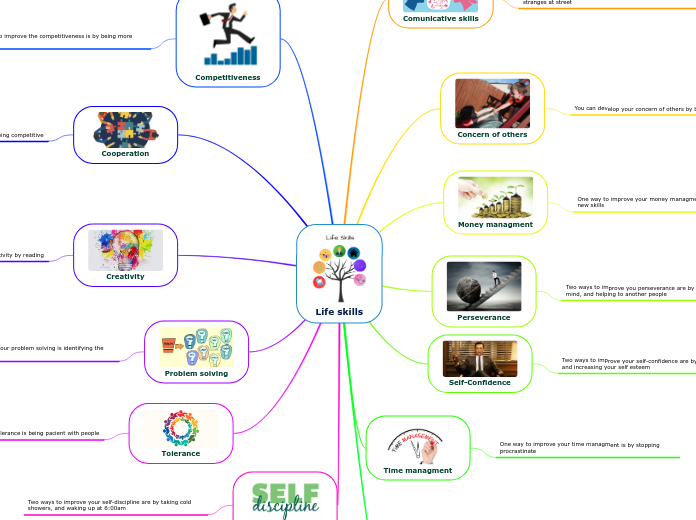da Victoria Marin mancano 5 anni
210
What strategies make people become part of a learning community and collaborate with their peers?
Fostering collaborative learning communities involves several strategies designed to enhance communication, structure, and motivation among participants. A shared goal must be clearly defined and understandable to all, fostering a sense of mutual responsibility and teamwork.









